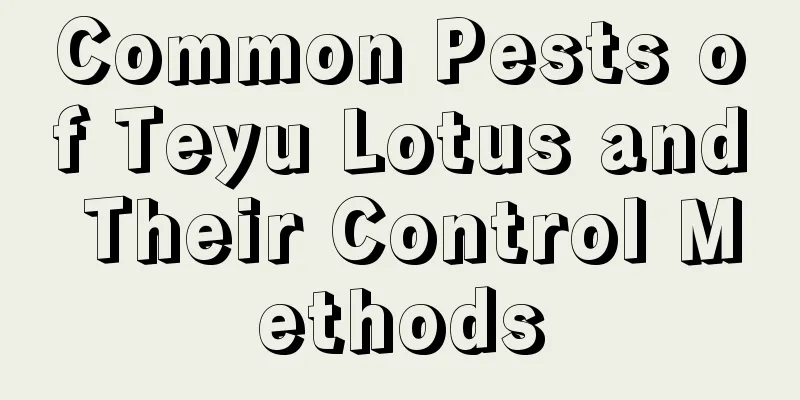The difference between Jiulixiang and Milan

1. Osmanthus fragransIt belongs to the genus Murraya and can remain evergreen all year round. It is a small shrub and can grow into a small tree if the growth trend is good enough. The tree shape is very beautiful, the branches and leaves are relatively beautiful, and the flowers have a strong fragrance. The ingredients in its roots, stems and leaves are similar to those of thyme, and it is more common in southern my country. It usually grows in bushes near the sea and prefers sandy soil and sunny places. Many farmers in the South use it to make fences or decorate flower beds. 2. Milan FlowerIt belongs to the genus Orchid, and can remain evergreen all year round and grow into a tree or a small shrub. It originated in the subtropical region and is more common in Guizhou and Guangxi regions. Its branches and leaves are relatively dense, and the leaves are very green and shiny. It can bloom many times a year, especially in summer and autumn when it has the most flowers. The flowers have a fragrant scent, similar to that of orchids. There are small scales on the top of the branches, the leaves are alternate, and the flowers are yellow and only 2mm in diameter. The pedicels are relatively short and thick, the petals are oblong, and the fruit is nearly spherical. Adult flowers need full sun and prefer warm and watery areas. 3. Difference1. Different categories: the latter belongs to the genus Meliaceae, the former is the genus Murraya, the latter is the Meliaceae, the former is the Rutaceae. These are two completely different flowers. 2. The shapes of the leaves are different: the former has oval leaves and blooms in summer and autumn. The flowers are white and very fragrant. They grow in the leaf axils or at the tops of the branches. They are cyme-shaped inflorescences and are shaped like trumpets. The leaves of the latter are obovate, relatively shiny and emerald green. The flowers are relatively small but there are many of them, like yellow rice grains, and have a very strong fragrance. Its peak flowering period is summer and autumn, and its fragrance is similar to that of orchids. 3. The fruits are different: the former's fruits are nearly spherical, the flesh is red, and the fruits will not mature until October. The fruit of the latter tastes very bitter and has a very fragrant smell. Your tongue will feel numb when you eat it, and there is a sticky liquid on the fruit. |
<<: The difference between Calla Lily and Dripping Guanyin
>>: The difference between Calla Lily and Alocasia
Recommend
Don’t be afraid if the leaves are withering, just a few simple tips to save your Jianlan and bring it back to life!
one. Treatment 1. The amount of water for waterin...
How to make Clivia grow side buds? What to do if it doesn't grow side buds?
1. Replace the potting soil It likes soil contain...
What are the methods and precautions for breeding Margarite?
Margaret Introduction Marguerite, also known as w...
How to grow daisies in spring
1. Increase watering It likes to grow in a humid ...
Can the Jade Plant be repotted in summer? What are the time and precautions for repotting?
Can the jade plant be repotted in summer? It is b...
A witness to the rainstorm in Pingdingshan, Henan: I dare not sleep until the rain stops
According to reports, heavy rainfall occurred in ...
Can coffee grounds be used to grow succulents?
Can coffee grounds be used to grow succulents? Co...
Why is Fire Festival not popular?
Why not popular The Fire Festival is mostly red-g...
How to grow African violets in spring
1. Sufficient water In spring, it grows faster an...
What should I do if yam is infested with insects? What are the yam pests?
1. What to do if there are worms It is inevitable...
Remedial measures for corn hail disaster
Recently, a new round of cold wave and cold air h...
The Complete Book of Plant Poisons: You Must Know
1. Plants containing glycosides 1. Oleander: an e...
Seeding propagation method of Prunus mume
Seeding propagation method of Prunus mume Seed ha...
How to make aloe vera mask, how to make aloe vera mask
1. How to make a facial mask 1. Soak and cut into...
How to grow the bird's nest
1. Breeding environment (1) Soil: It should have ...









